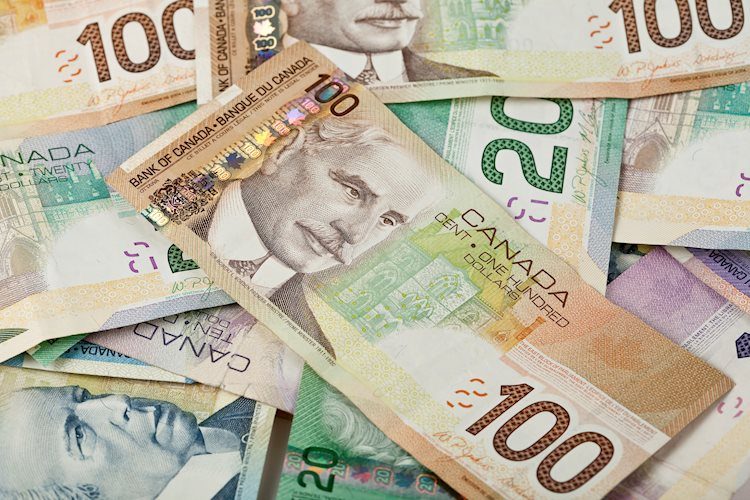The USD/CAD pair has increased to near 1.3750 as a result of disappointing Canadian Retail Sales data for May. The Loonie strengthened due to indications of potential rate cuts by the Bank of Canada (BoC) following the poorer-than-expected Retail Sales figures. In addition, the US Dollar saw gains as expectations of Donald Trump winning the US presidential elections increased.
According to Statistics Canada, monthly Retail Sales saw a faster decline of 0.8% compared to the anticipated 0.6%. This negative trend follows a 0.6% growth in April, which was downwardly revised from 0.7%. Excluding automobiles, Retail Sales dropped by 1.3%, well below the expected 0.5% decrease, pointing towards weak demand for core goods.
The weak Canadian Retail Sales data reflects the challenges faced by households in coping with the higher interest rates set by the BoC. This situation paves the way for further policy easing, which is not a favorable scenario for the Canadian Dollar. Moreover, the US Dollar’s rise contributes to the strengthening of the Loonie, with the US Dollar Index climbing to around 104.40 and 10-year US Treasury yields increasing to 4.24%.
In the current market environment, investors are paying close attention to speeches by Federal Reserve (Fed) policymakers, John Williams and Raphael Bostic. These speeches are expected to provide insights into the Fed’s plan regarding interest rate cuts. As investors await further guidance, the USD/CAD pair continues to see fluctuations based on economic indicators and geopolitical developments.
The Retail Sales indicator, which is released monthly by Statistics Canada, offers valuable insight into consumer spending patterns. It measures the total value of goods sold by retailers across different types and sizes of retail stores in Canada. Changes in Retail Sales are closely monitored as they reflect consumer spending trends. A positive MoM reading is seen as bullish for the Canadian Dollar, while a negative reading is perceived as bearish.
Given the recent disappointing Retail Sales data, the focus remains on the potential impact on household spending and the BoC’s future decisions. As the market anticipates further rate cuts and evaluates the potential outcomes of the US presidential elections, both the US Dollar and the Canadian Dollar are likely to experience increased volatility. Amidst these uncertainties, investors are closely monitoring economic indicators and political developments to make informed trading decisions.











